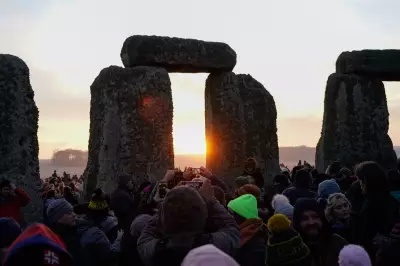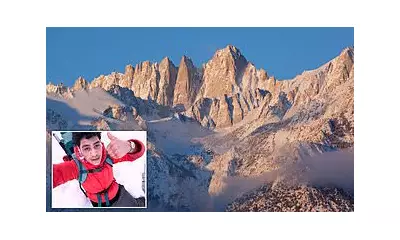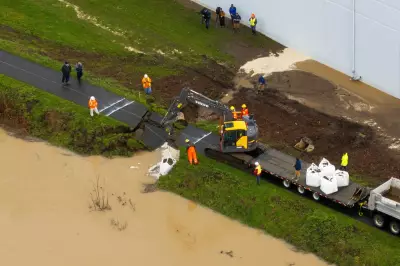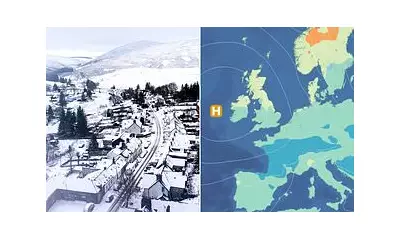
The city of Denver experienced a dramatic and unsettling transformation on Tuesday morning as an ominous haze descended upon the Colorado landscape, casting an eerie orange glow across the metropolitan area. The phenomenon, attributed to smoke drifting from raging wildfires in Canada, created atmospheric conditions rarely witnessed in the region.
An Unprecedented Atmospheric Event
Residents across the Denver metropolitan area reported waking to an otherworldly scene, with the sky taking on a distinctive orange-brown hue that persisted throughout the morning hours. The dense smoke layer effectively filtered sunlight, creating lighting conditions that many described as reminiscent of science fiction films or post-apocalyptic settings.
The air quality rapidly deteriorated, with monitoring stations across Colorado reporting some of the worst pollution levels recorded in recent years. Health officials issued immediate warnings, particularly for vulnerable populations including children, elderly residents, and individuals with pre-existing respiratory conditions.
Canadian Wildfires: The Source of Denver's Haze
Meteorologists confirmed that the smoke originated from multiple large wildfires burning across western Canada, where an intense fire season has already consumed vast areas of forest. Prevailing wind patterns carried the smoke southward, eventually settling over Colorado and creating the dramatic visual effects witnessed by Denver residents.
"We're seeing smoke transport from fires in British Columbia and Alberta," explained a National Weather Service representative. "The atmospheric conditions are such that the smoke is being carried at multiple levels, creating this widespread haze effect."
Health Implications and Safety Measures
Local health departments issued urgent advisories recommending that residents:
- Limit outdoor activities, especially vigorous exercise
- Keep windows and doors closed
- Use air purifiers when possible
- Wear N95 masks if outdoor exposure is unavoidable
- Monitor for symptoms including coughing, throat irritation, and difficulty breathing
The Colorado Department of Public Health and Environment classified air quality as "unhealthy for sensitive groups" across much of the Front Range, with some areas reaching "unhealthy" levels for the general population.
Regional Impact and Public Response
Beyond Denver, the smoke affected communities across northern Colorado and into the foothills, reducing visibility and creating hazardous driving conditions in some areas. The unusual atmospheric conditions sparked widespread discussion on social media, with residents sharing photographs of the orange-tinted landscape and comparing experiences.
Local businesses reported adjustments to operations, with some construction companies halting outdoor work and schools modifying recess and physical education schedules to limit students' exposure to the poor air quality.
Meteorologists indicated that improving conditions were expected later in the week as shifting wind patterns potentially clear the smoke, though they cautioned that intermittent haze could persist throughout the wildfire season.





